With its plum geographical placement between the Alps and the Mediterranean, there are endless things to do in Italy. Combined with this geographical sweet spot are enough art and culture to keep you busy for a lifetime, and you’ll find yourself returning to this vivacious southern European country for years to come.
As such, any one list of the best things to do in Italy will probably be unique; you might be interested in food and wine, or the great outdoors, or simply exploring new cities. Here are those must-try experiences that’ll please even a seasoned Italy traveler.
Shopping in Sorrento
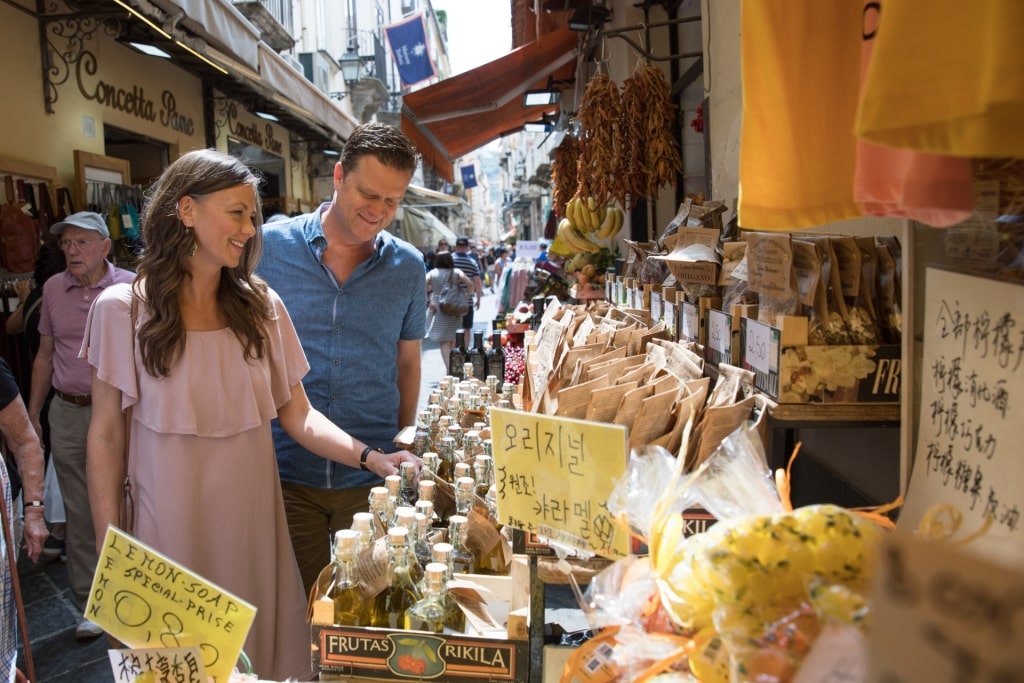
Sorrento
Stunning Sorrento is one of Italy’s most iconic destinations. It’s as famous for its fragrant lemon groves as it is for its views across the Gulf of Naples towards the handsome cone of Vesuvius.
For Neapolitans, who live about an hour’s drive away, it makes for an exceptional shopping day trip. Sorrento’s charming, compact center is a network of boutique-laden streets and lanes with artisan wares and other Italian souvenirs on display.
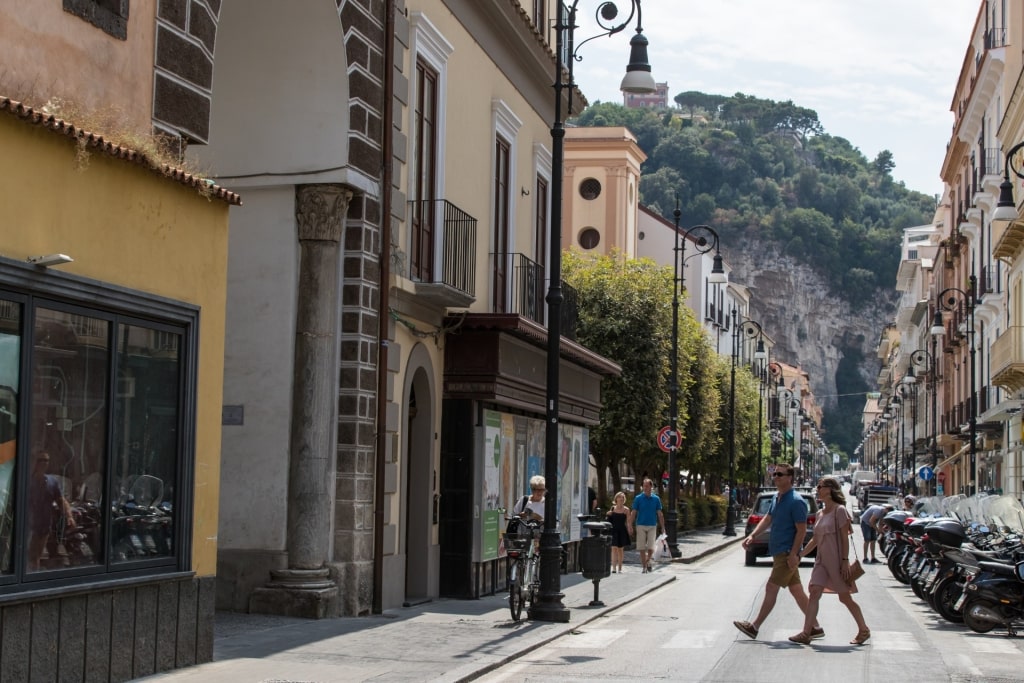
Corso Italia, Sorrento
Begin at Corso Italia, its sidewalks decorated with silk scarves, bags of sweet treats, and lemon-shaped fridge magnets. This is the high street, stretching across the entire center of town, so you’ll find plenty of shops here, mostly high-end Italian brands.
Or eschew the linear for the back streets, known as vicoletti. Finding your way along Via Fuoro or Via San Cesareo to see Sorrento’s artisan music boxes, cheerful ceramics, and ornate mirrors. Sorrento is particularly known for its wood inlay, a tradition with its roots in the Renaissance.
Pose in Positano
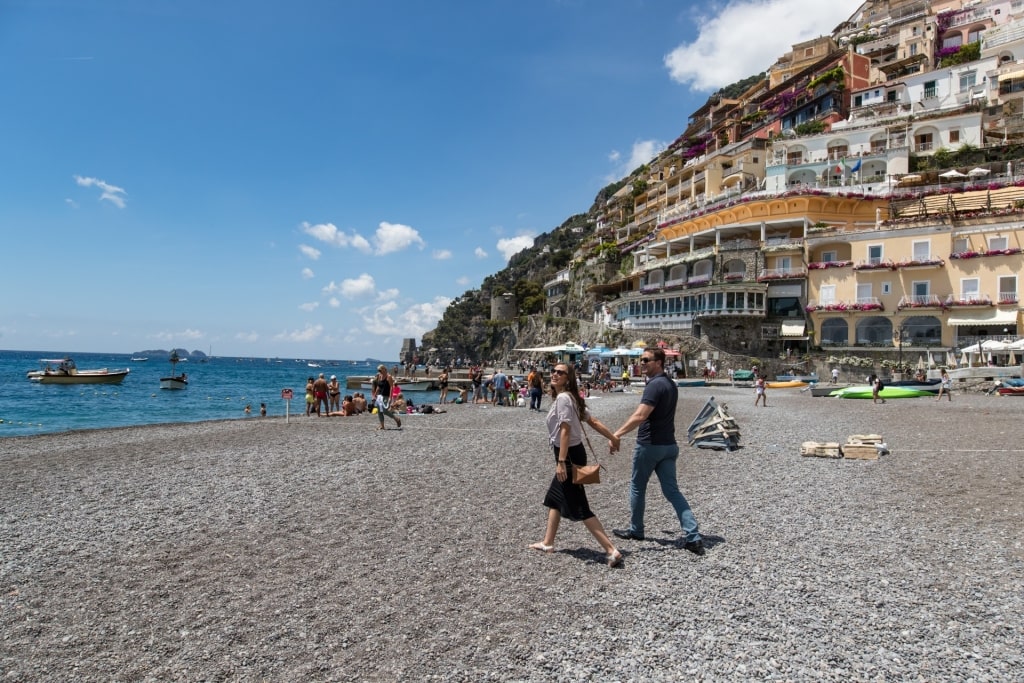
Spiaggia Grande, Positano
Visiting the Amalfi Coast is easily one of the best things to do in Italy. While the eponymous town of Amalfi or the rarefied villas of Ravello are both wonderful towns to discover, it’s Positano that exerts the greatest magnetism.
Its pastel architecture is arrayed in such a way over the vertiginous folds of the coast that the town seems to have emerged organically, like coral, over time.
Best viewed from a yacht, the Italian coastal town of Positano is a handsome poseur of a place, and this geographical showiness seems to be catching for those who come here. This phenomenon is best witnessed on Spiaggia Grande, or Positano Beach.
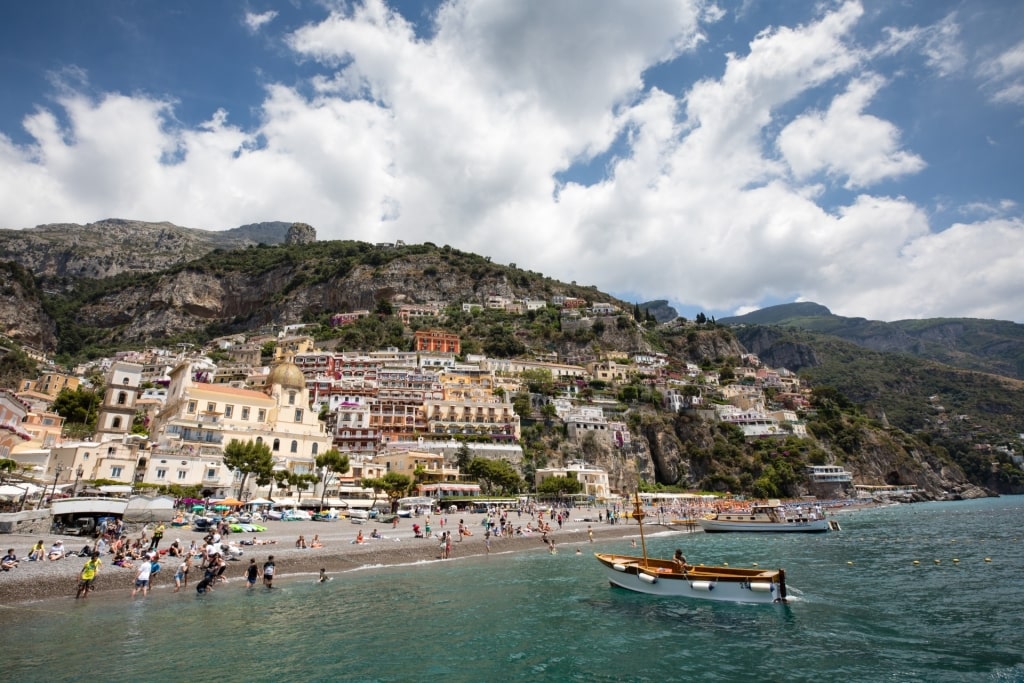
Spiaggia Grande, Positano
With a cachet based on events such as being the first town to import bikinis into Italy, Positano’s beach vibes are upscale and extroverted. Draped across the beach club lounge chairs are Italians in an array of high-end labels, flashes of leopard print, and jewelry sparkling in the sun that wouldn’t look out of place on the Oscars red carpet.
If you arrive in Positano and feel underdressed, don’t fret—the town’s shops have you covered. Acquire some “Moda Positano” attire—think sharp polos or flowy dresses—and have yourself fitted out for Sorrento’s famed handmade sandals. Go simple and traditional, or bring the bling with a galaxy of Swarovski across your toes.
Listen to the Ghosts of Pompeii
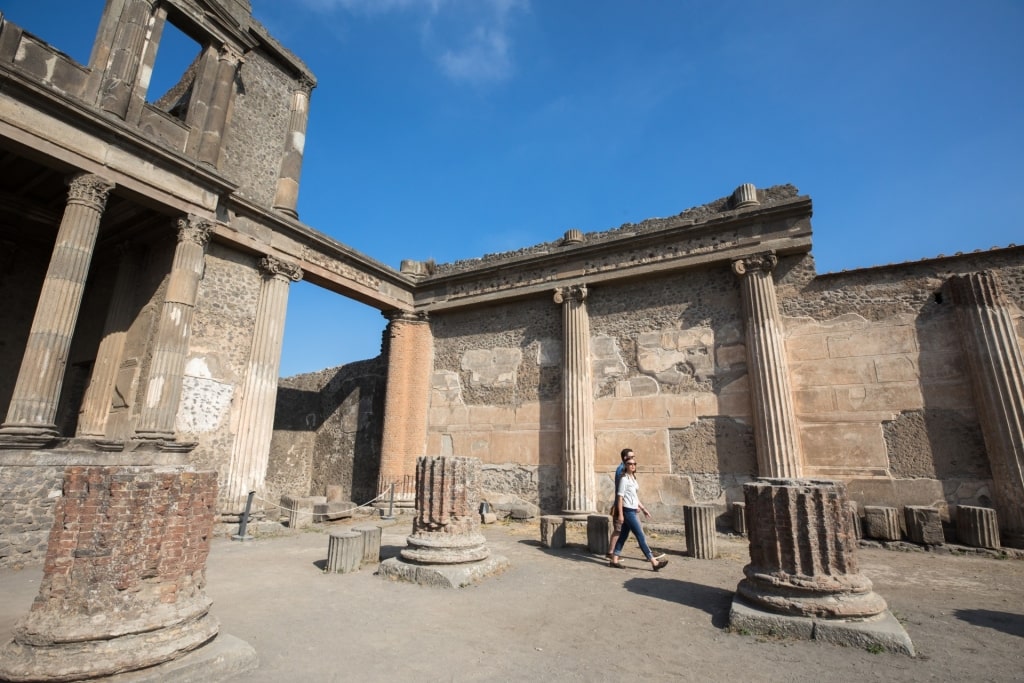
Pompeii
If the vibrantly alive metropolis of Naples is the sun, then Pompeii is its deathly quiet moon.
Stepping into the recovered ruins of the archaeological park can feel otherworldly. It’s a snapshot of a devastating tragedy that occurred nearly two millennia ago, when a well-to-do Roman town and its people were buried beneath tons of volcanic ash.
With so much to see in this UNESCO-inscribed site, it’s highly recommended to book a guided tour. You’ll find the booking desks at the Piazza Anfiteatro or Esedra entrances.
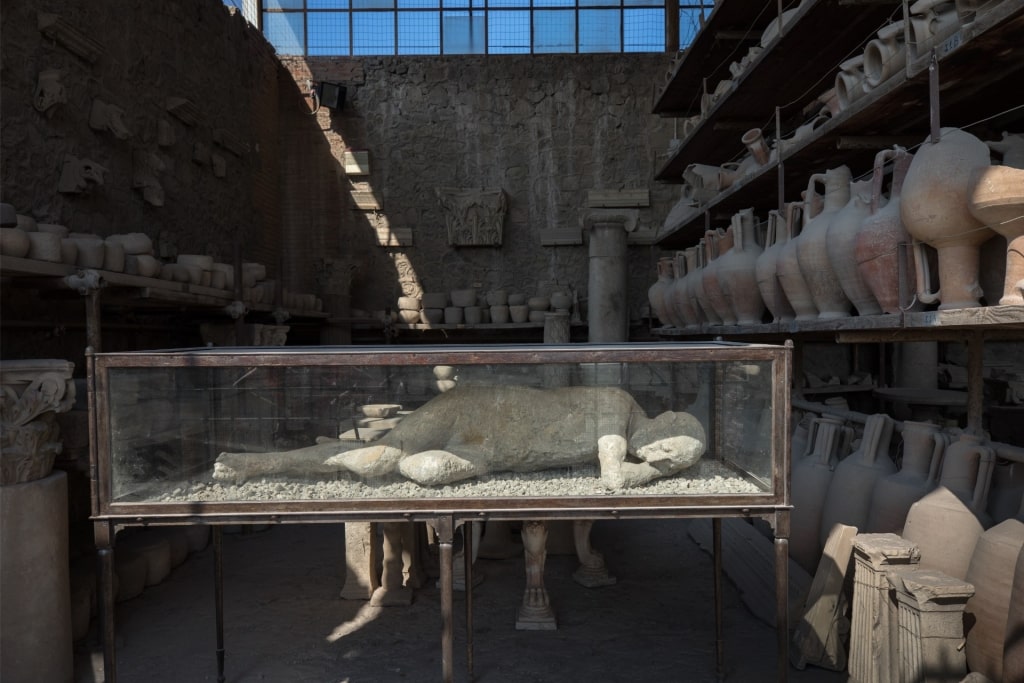
Garden of Fugitives, Pompeii
Prefer to go it alone? That’s absolutely fine, you just need to carefully plot your route. Must-sees include the central Forum—the political and commercial heart of Pompeii—as well as the Garden of Fugitives, with its evocative plaster casts of 13 doomed individuals. The erotic frescoes, remarkably preserved in the Suburban Baths, offer lighter subject matter.
There seems to be a new treasure carefully re-exposed to the sun every year, so check the website in advance. If you want more of Pompeii after you leave, make a beeline for Herculaneum, which is smaller, with better preserved interior decoration.
Wander the Trulli of Alberobello

Alberobello
Around the turn of the millennium, Puglia, on the heel of Italy’s boot, used to be a rustic backwater, far off the radar of most visitors to Italy.
Fast forward to today, and it’s becoming one of the most popular places in Southern Italy. This is thanks to its tourism infrastructure, mind-meltingly beautiful beaches, and a genuinely friendly population. It’s also home to some unique sights, such as the trulli houses of Alberobello, located just north of the Ionian port of Taranto.
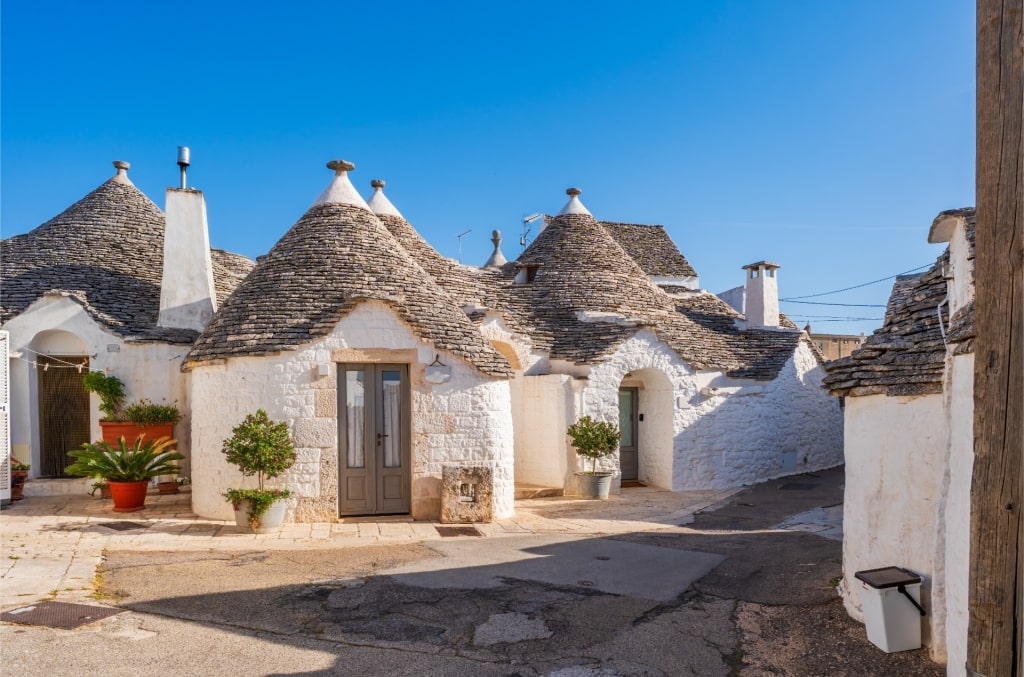
Alberobello
The trulli is a characterful piece of Puglian architecture—a cute white-washed house with a tell-tale conical roof. You’ll see them amid Puglia’s silvery fields of olive trees, charmingly set in ones and twos, often in various states of disrepair. However, in Alberobello, you find the trulli well presented and in unusual profusion.
This UNESCO-listed village is a charming place for a day trip. Learn about the history behind the trulli’s distinctive roofs at the Trullo Sovrano museum. For a slice of authentic Alberobello, wander away from the bright flower boxes of Rione Monti and discover the easygoing Puglian vibes of Rione Aia Piccola instead.
Take in the Serenity of Chiesa Santa Maria del Casale
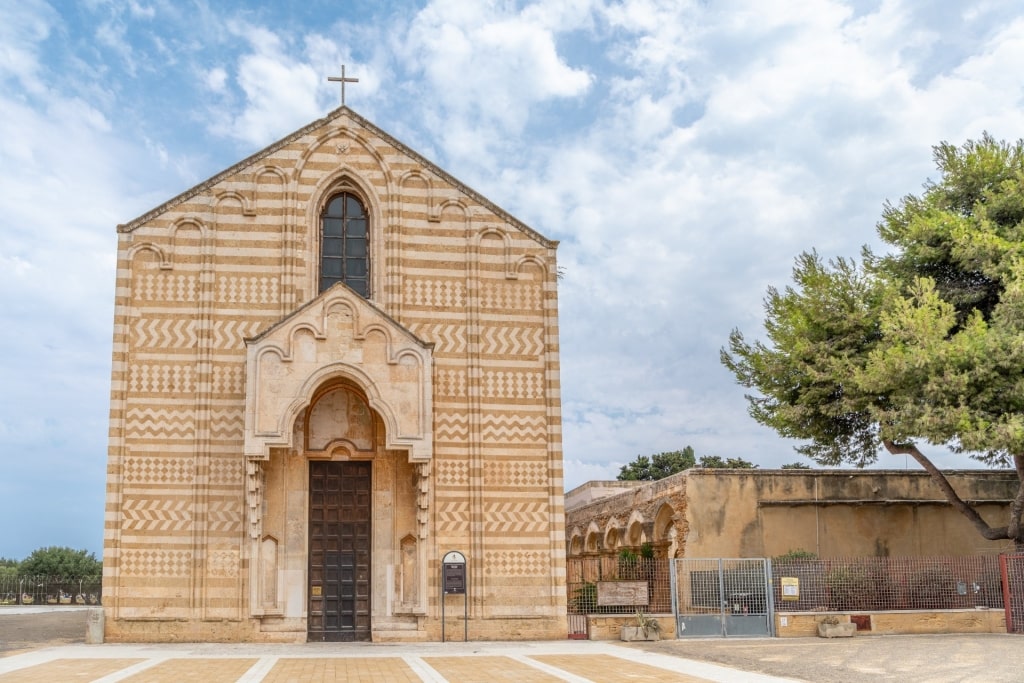
Chiesa Santa Maria del Casale, Brindisi
Ancient Brindisi is a Puglian port, once viewed by the Roman Empire as the gateway to the East. It’s also the endpoint for Rome’s UNESCO-listed Via Appia cross-country highway, which is marked by two Corinthian columns.
Today, Brindisi is a modern city with a lively waterside promenade; however, it retains places where its long history has layered into something dense and palpable. One of those places is the Chiesa Santa Maria del Casale.
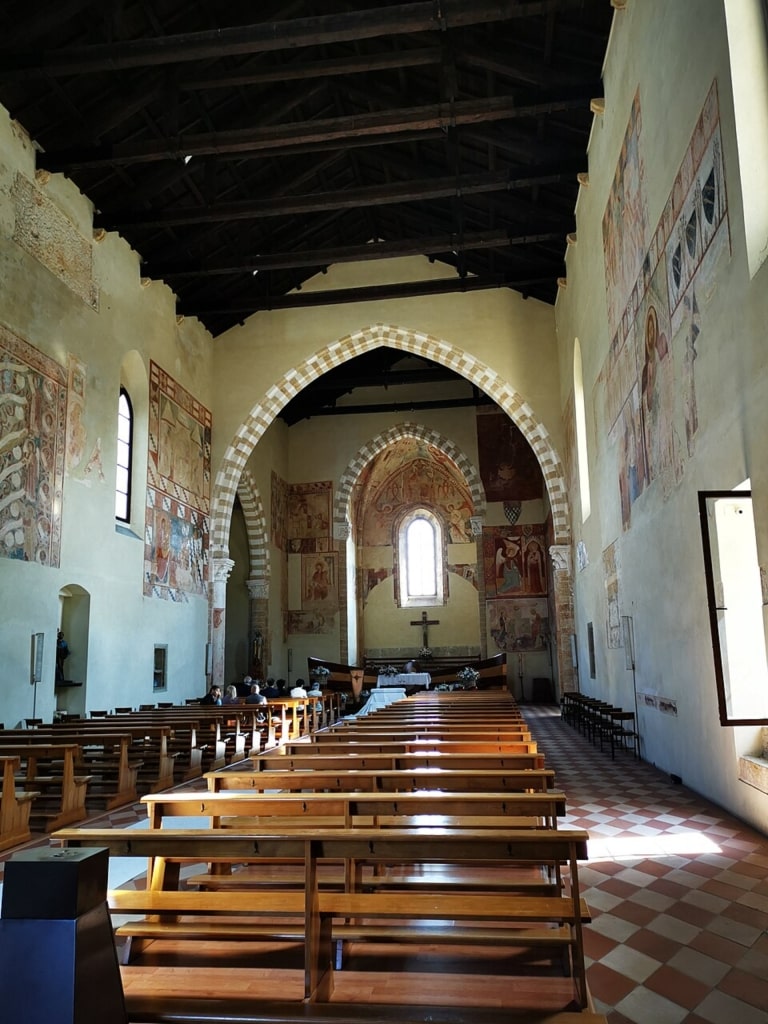
Chiesa Santa Maria del Casale, Brindisi Photo by Saggittarius A on Wikimedia Commons, licensed under CC BY-SA 4.0
If you were driving to one of Brindisi’s gorgeous beaches and not specifically looking for this church, its elaborately patterned Romanesque facade would still catch your eye.
Built in the late 13th century, this church’s overall significance is relatively minor. The best story attached to it is that St. Francis of Assisi once bedded down here after a wander in the Middle East. However, despite its dearth of miracles or relics, it has an irresistible atmosphere.
The decoration isn’t just for the exterior. Colorful frescoes dating back to the 14th century are luminous in the interior of this unassuming gem of a church.
Discover Sardinian Origins at Su Nuraxi
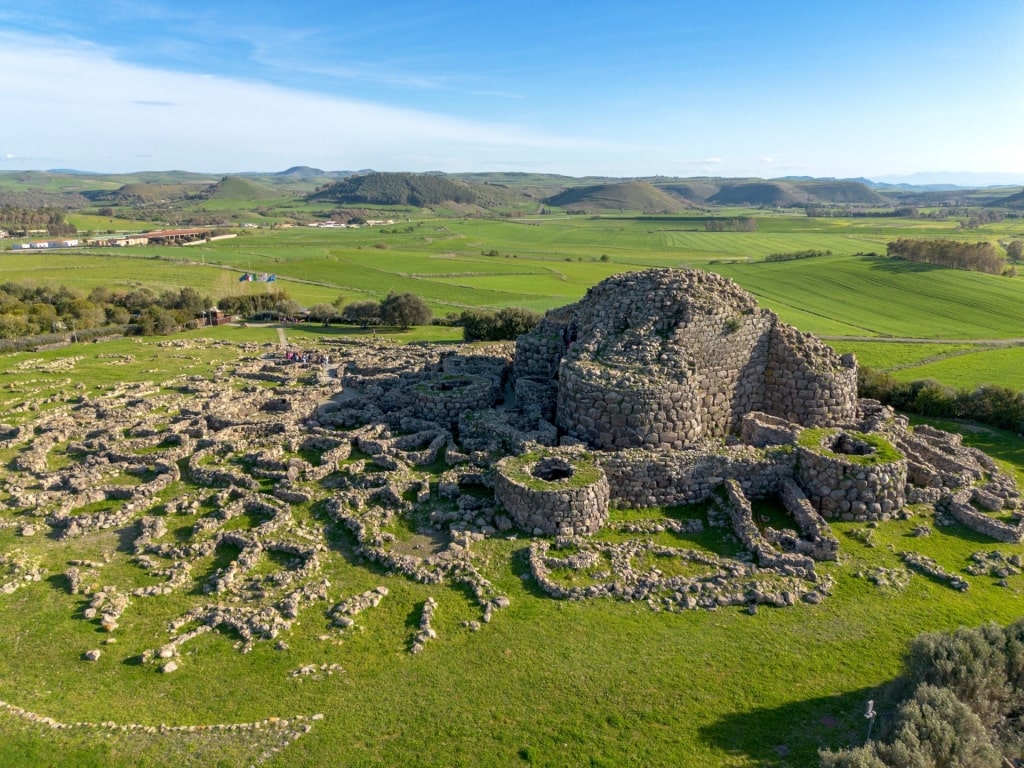
Su Nuraxi, Sardinia
There’s a huge amount of history beaten into the cobbles of Cagliari’s historic center, or concealed in ruined watchtowers on islands offshore of Sardinia’s world-class beaches.
However, nothing compares to Su Nuraxi di Barumini. Under an hour’s drive from the island’s capital, this Nuragic Bronze Age ruin is Sardinia’s only UNESCO-inscribed physical site. It’s an ancient fortress, still remarkably intact considering its age, with whorls of stone surrounding the main structure called a “nuraghe.”
Rising as high as 50 feet, these Nuraghe indicate that even as far back as the Bronze Age, invaders were perpetually drawn to Sardinia’s inviting coastline. While the mysterious air of Su Nuraxi is compelling, it’s helpful that a guided tour is included in the ticket price.
See Spectacular Vistas from Erice

Erice
As much as Sicily is a land of seaview restaurants and half-ruined Greek-era temples, it’s also a place of exquisite hill towns to which the Sicilians used to flee when the sails of invaders blotted the horizon.
Erice is such a place. One of Sicily’s most striking towns, its high-altitude cobbles are reached by a ten-minute cable car ride. Located on Sicily’s west coast, about an hour and a half from Palermo, it overlooks the lively port city of Trapani, its peninsula curving like a sickle with the feted Egadi Islands silhouetted in the distance.
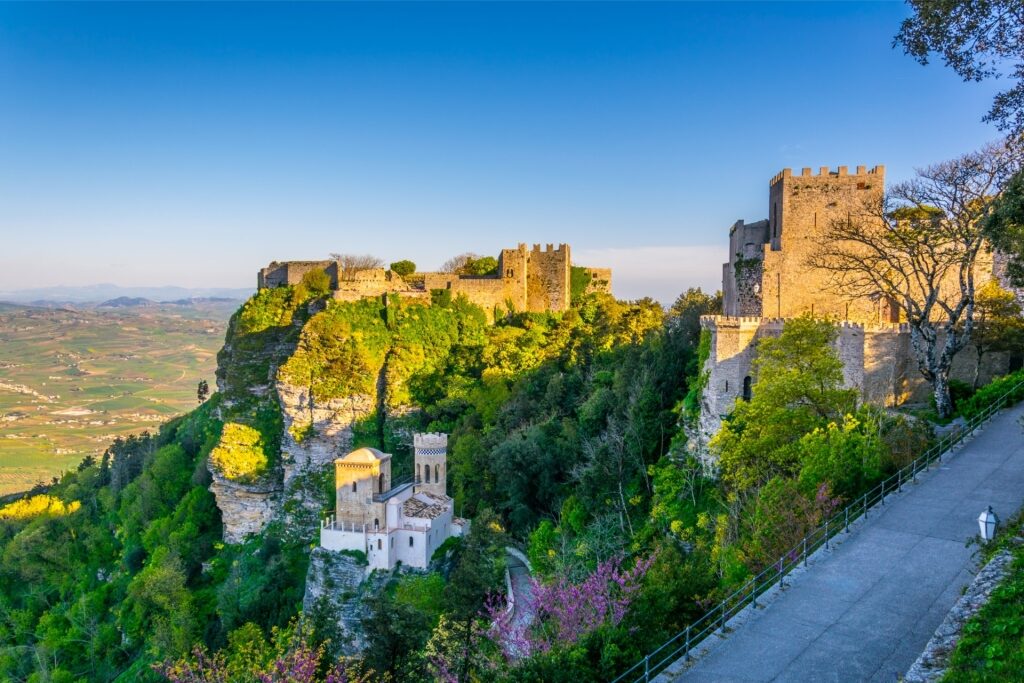
Erice
Erice itself is a wonderful stone maze of shops, churches, and breezy little parks. Be sure to pop into Maria Grammatico’s rightly renowned pasticceria with its outstanding coffee and sweet—and often quite alcoholic—confections.
Find the path that loops around the town’s outer limits for Erice’s best perambulation. Take in the views out to sea and the hilly hinterland, pausing for rests on medieval walls.
Visit the Greek Theater of Taormina
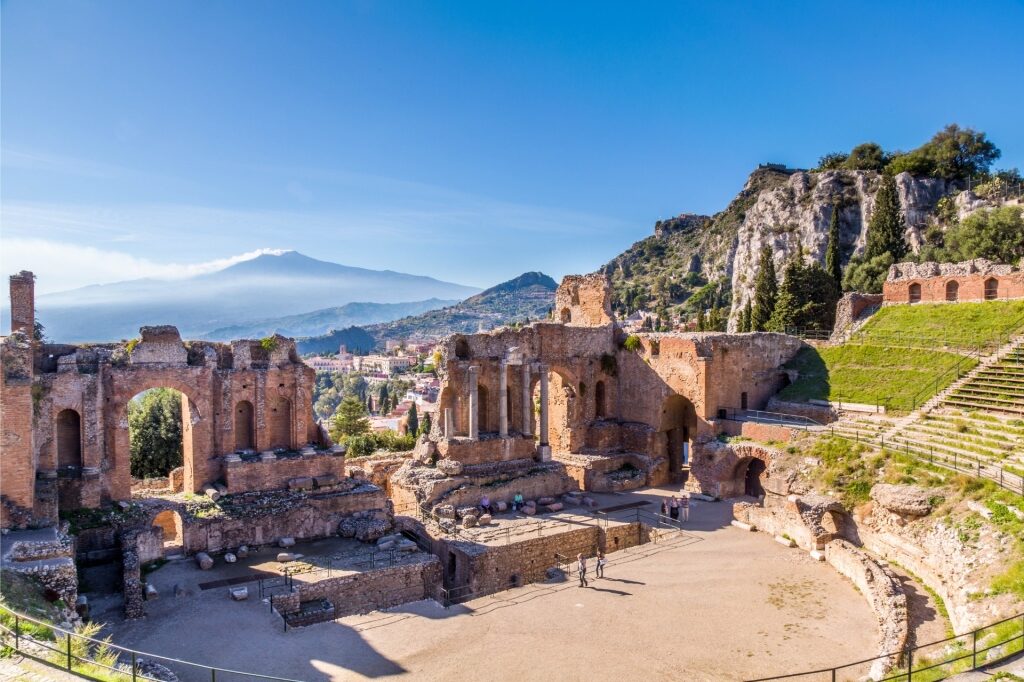
Greek Theater of Taormina, Sicily
A visit to the town of Taormina, perched on a cliff in Sicily, is one of the best things to do in Italy. On its own, the town is extremely romantic, with panoramic views over the Bay of Naxos and Mount Etna from the aperitivo terraces of its luxury hotels. At its feet lies Isola Bella, one of Italy’s best beaches.
Taormina’s abundance of blessings is completed with its literal crowning glory—the Greek Theater. Constructed by the Greeks in the third century, its setting is torn from a 19th-century Romantic artist’s sketchbook. Partially ruined, with Etna looming up behind the stage, it’s a remarkable place to catch a show.
It is Sicily’s second-largest working theater, and those stone seats are packed over the summer months when there’s a packed schedule of opera, pop concerts, and drama.
Climb the Leaning Tower of Pisa
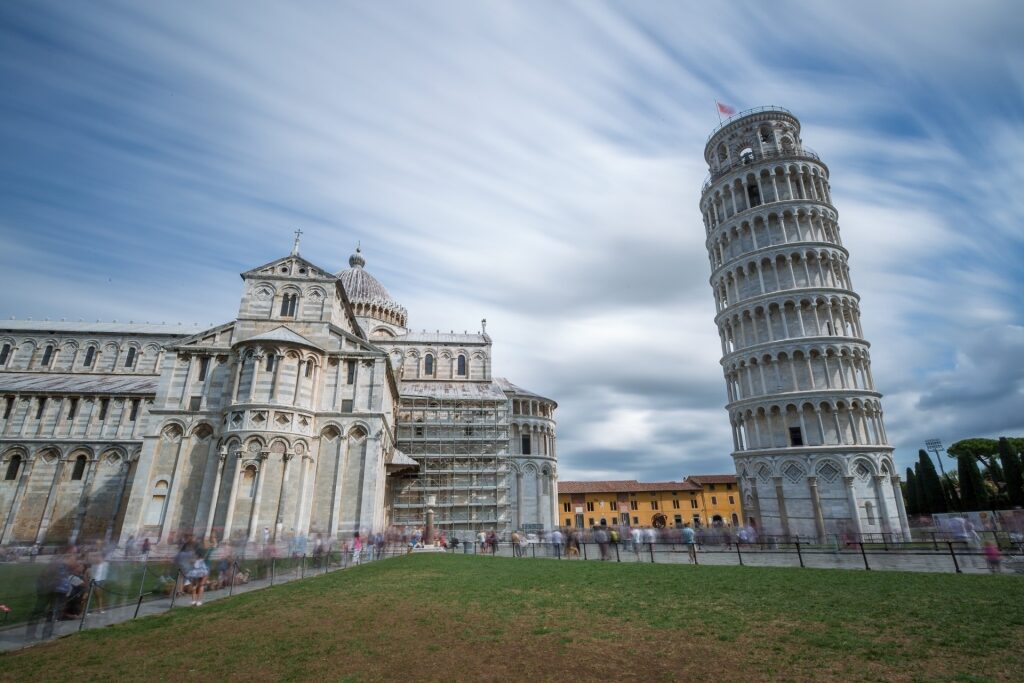
Leaning Tower of Pisa
It’s undeniably touristy; however, the Leaning Tower of Pisa is such a longstanding totem of Italian culture abroad that it must be seen and, ideally, climbed.
The tower is located in Tuscany, in the pleasant city of Pisa that once vied with Genoa for domination of the Tyrrhenian trade routes. Evidence of its riches and self-importance is gathered in the Piazza Dei Miracoli, where the tower leans so intriguingly at a nearly four-degree angle.

Leaning Tower of Pisa
Ascend the spiral staircase within, completing nearly 300 steps before you’re rewarded with views over Pisa and the surrounding countryside. However, once that itch is scratched, it’s time to see the true highlights of this UNESCO-inscribed piazza.
While the Leaning Tower is the best known Italian landmark, the trio of other buildings, shining in their snowy marble cladding, are significant cultural artifacts in their own right. For example, even more significant than the architectural miscalculations that led to the lean are the artistic choices that Pisano made to create his Renaissance-launching pulpit, found inside the Baptistery.
Tour the Carrara Marble Quarries
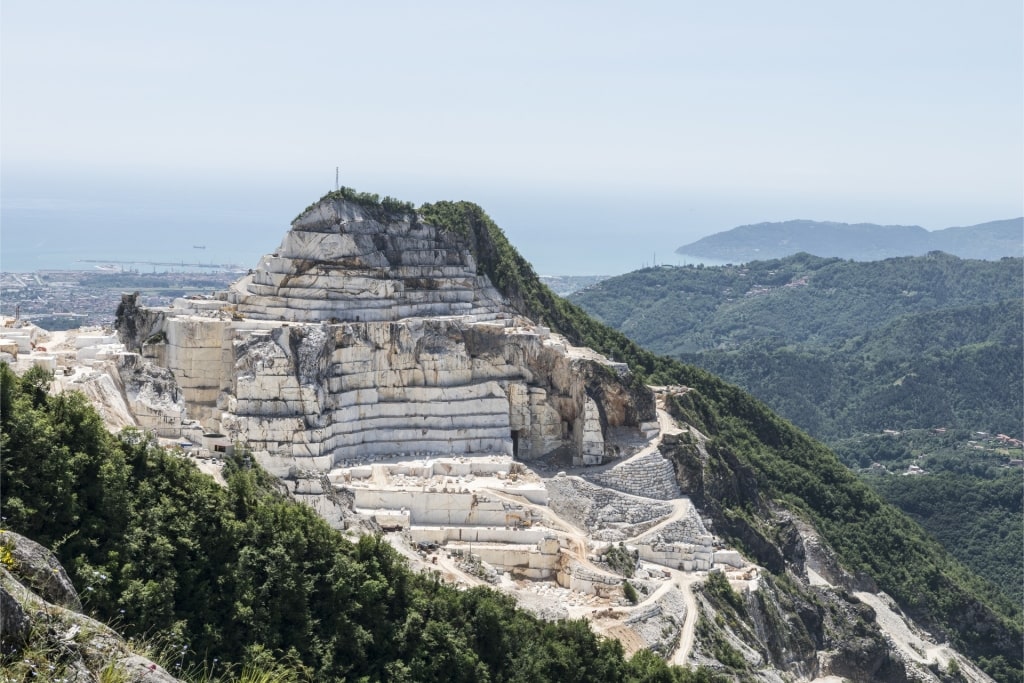
Carrara Marble Quarries
When touring Italian cities of culture such as Florence and Rome, you’ll see a great deal of life-like statuary, from Madonnas in candle-lit niches to major works of art such as Michelangelo’s David or Giambologna’s Rape of the Sabine Women.
A unique way of adding a satisfying depth to this experience is to see the source of the artists’ raw materials. Travel to Carrara, set in Tuscany’s lushly wooded Apuan Alps, and join a guide-led jeep tour. You’ll learn all about the varieties of marble found nearby, how the marble was extracted in antiquity, and how things have changed today.
The sight of its chalk-white mountainside will return vividly to mind when you’re next admiring a Renaissance statue.
Try Cliff Diving in the Cinque Terre
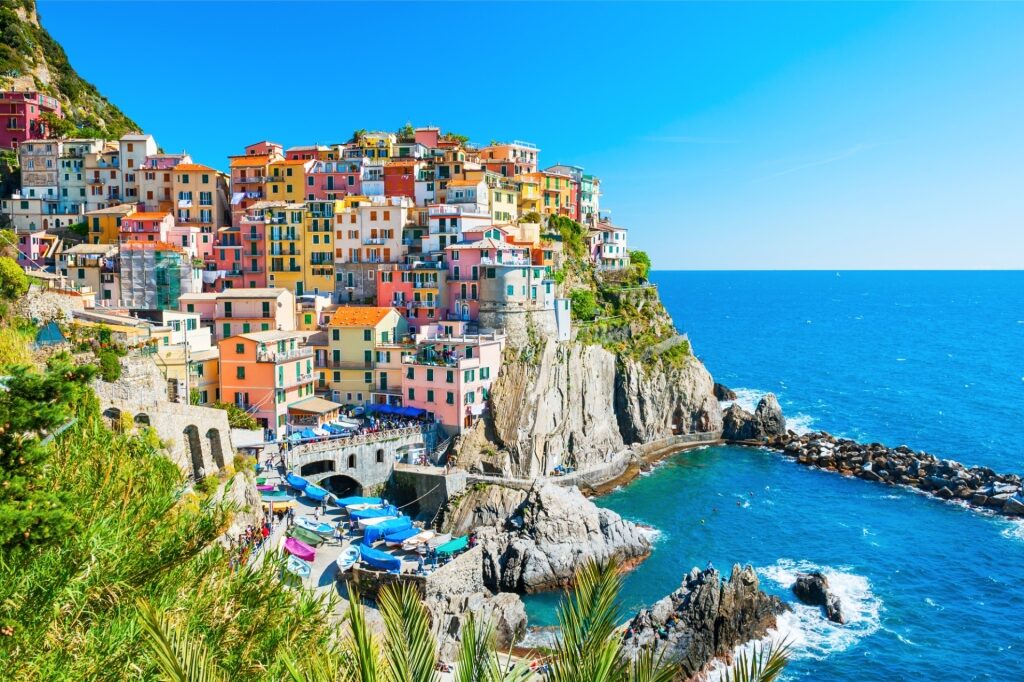
Manarola, Cinque Terre
There are 300 days of sunshine in the Italian Riviera—that crescent of beautiful mountain-backed beaches in the France-adjoining region of Liguria. It’s here that the Cinque Terre towns are found, a grouping of once isolated fishing villages now celebrated for their pastel-hued pulchritude.
With all of that sun and a surprising dearth of beach, except for Monterosso, the locals often just throw themselves off of rocks into the clean, clear Ligurian Sea. Manarola is best known for its cliff diving, primarily because this village is surrounded by cliffs and offers good places to jump into the emerald depths close to the slipway.
If you fancy a swim, and it’s a warm day and calm at sea, look for the locals with the same idea. After you’ve satisfied plunging into those clean marine reserve depths, head over to Nessun Dorma for some boards of antipasto and glasses of chilled Cinque Terre DOC.
Explore Old Town Lucca
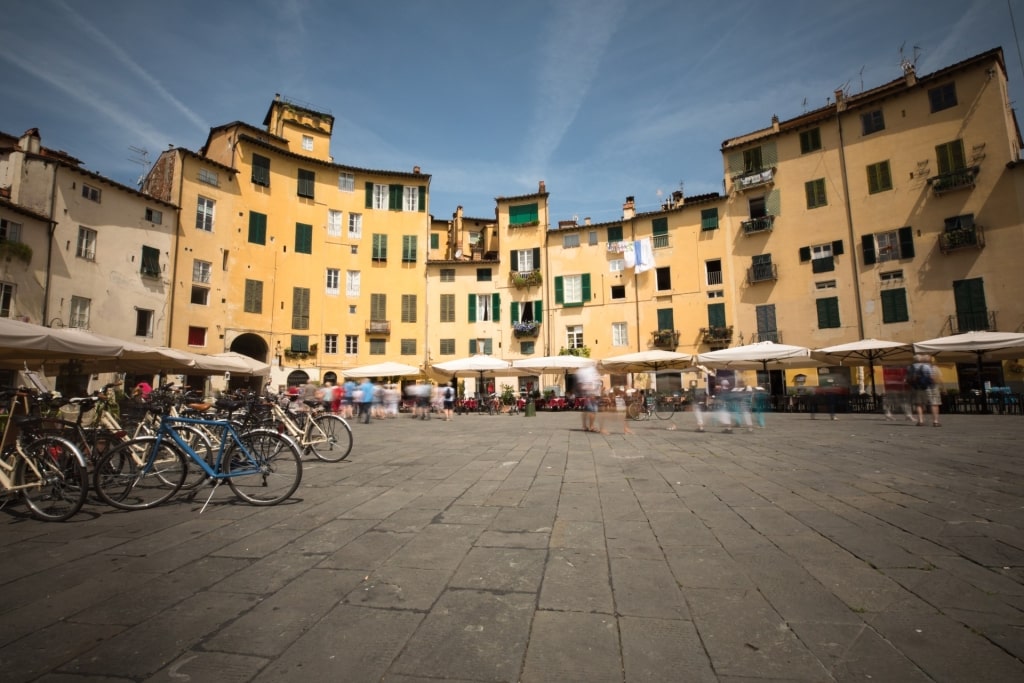
Old Town Lucca
Taking a day trip to Lucca in Tuscany is one of the best things to do in Italy. A city with a historic core encircled by nearly intact medieval walls, it’s a small but perfectly formed escape.
A city park now carpets the tops of those ultra-thick walls, offering shady places for picnics, occasional theatrical performances, and a novel jogging route. It’s also possible to rent bikes to explore this linear park, enjoying the views down into Lucca’s historical center as you orbit.
It’s an engaging mix of unique architectural quirks—a famous oval piazza, the Guinigi Tower sprouting trees from its top—as well as winding streets studded with Italian fashion boutiques. Shop until you drop into one of the outdoor seats of its many bars and restaurants, with a glass of sparkling Franciacorta on its way for refreshment.
Discover the Beauty and History of Cefalù
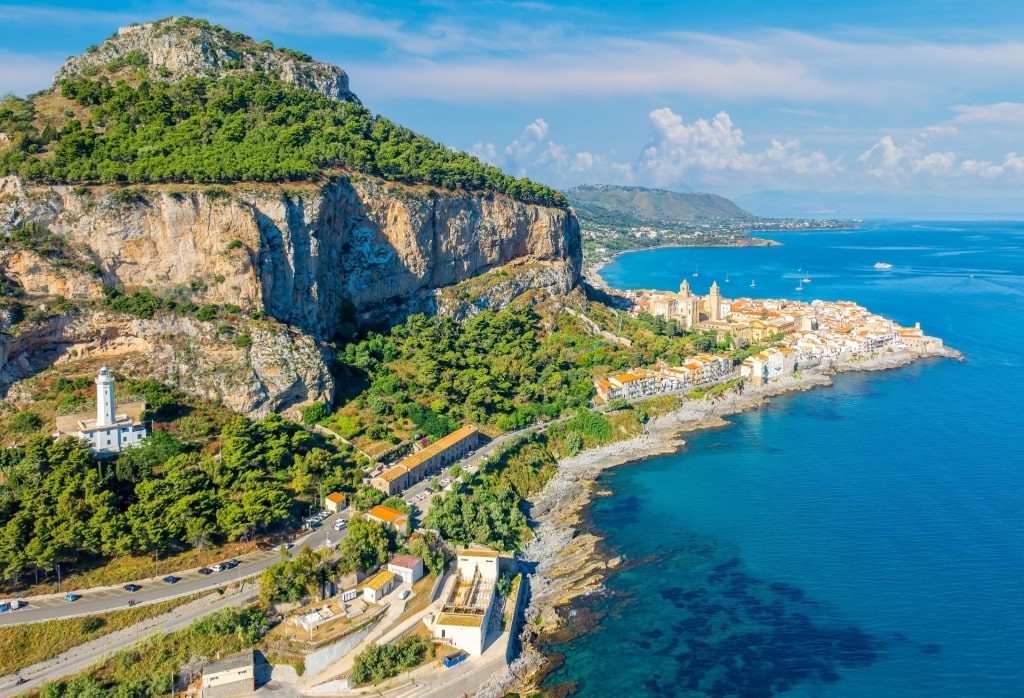
Cefalù
One of the best things to do in Italy is to travel to Sicily. For many, it’s the country’s most engaging region, with its unique character, North African-influenced cuisine, and gorgeous hill towns.
It’s also a land of spellbinding coastal views, with rugged mountains looming up behind ribbons of golden sand. Cefalù, perfectly angled to catch the sunset, is perhaps the island’s most famous beach resort.

Cefalù
A short train ride from Palermo, this lively town offers a long strip of beach, a UNESCO-listed cathedral, and a picturesque mountain—La Rocca—over which ramble distant crenelations.
Join a guided tour at the entrance to the sand-colored Norman cathedral, and marvel at the delicious Byzantine mosaics shining in the interior gloom. Afterwards, score some enormous slices of margherita pizza from the old town takeaway, slip through the Pescara Gate, the last of four from the medieval town walls, and enjoy them on the beach.
See Villa Cimbrone in Ravello
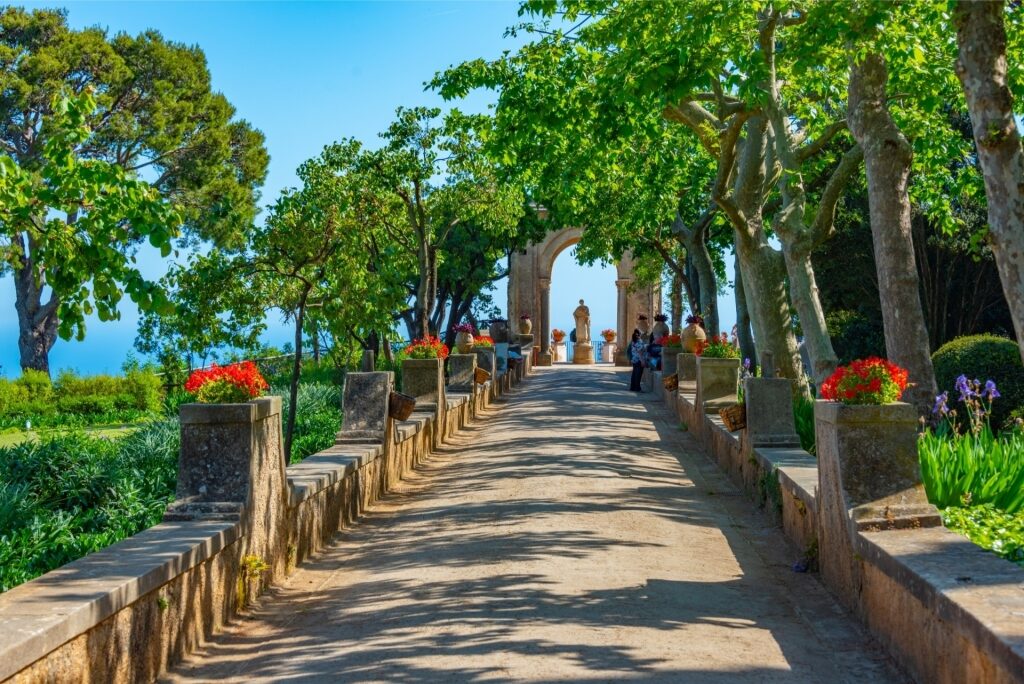
Alley of Immensity in Villa Cimbrone, Ravello
Hiking the Path of the Gods in the Amalfi Coast’s Lattari Mountains is one of the best ways to enjoy the coastal scenery of this famed stretch of Campania.
However, travel further east and you arrive at Ravello. Situated high above the Tyrrhenian, it offers similar heavenly viewpoints, this time filtered through the timeless stylings of one of the region’s most famous mansions, Villa Cimbrone.
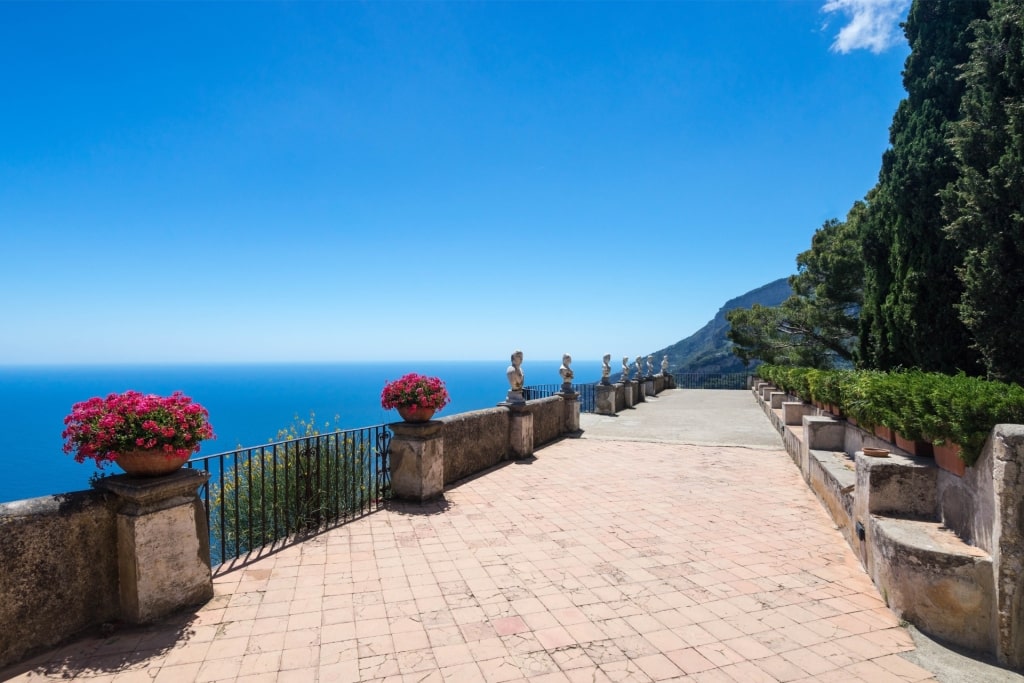
Terrace of Infinity in Villa Cimbrone, Ravello
A property with a history stretching back nearly 1,000 years, the villa today has been converted into a high-end hotel. Happily, access to the Italian gardens is free for all.
Within its carefully trimmed footprint, you’ll admire the marble busts along the “Alley of Immensity” or drink in the views from the “Terrace of Infinity,” appreciating that maybe only here, in this setting with these outlooks, could anyone get away with such overblown names.
Discover the Bay of Naples in a Kayak
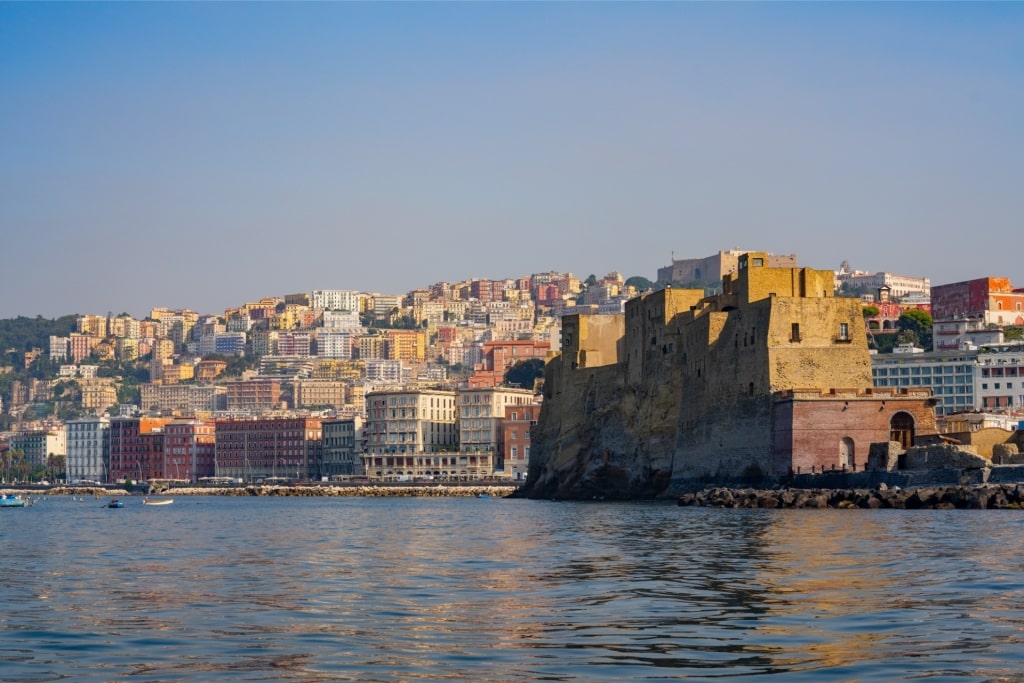
Bay of Naples
Whenever you’re in Naples, and not glancing nervously at Vesuvius, your eyes are often drawn to the azure blue of the eponymous bay.
Escape the often frenetic pace of the city and ease out into the bay on an organised kayaking expedition. This experience allows you to detach temporarily from the urban noise to appreciate the architectural beauty of Naples, its sumptuous villas, and landmarks.
You can also make your way to one of Naples’ most interesting swimming areas—the Gaiola Underwater Park. In the depths, you can see shimmering shoals of fish passing over Roman ruins. You can also visit the Bay of Trentaremi, a landscape of gorgeous volcanic cliffs draped in fragrant macchia scrub.
Take the Ferry to San Fruttuoso
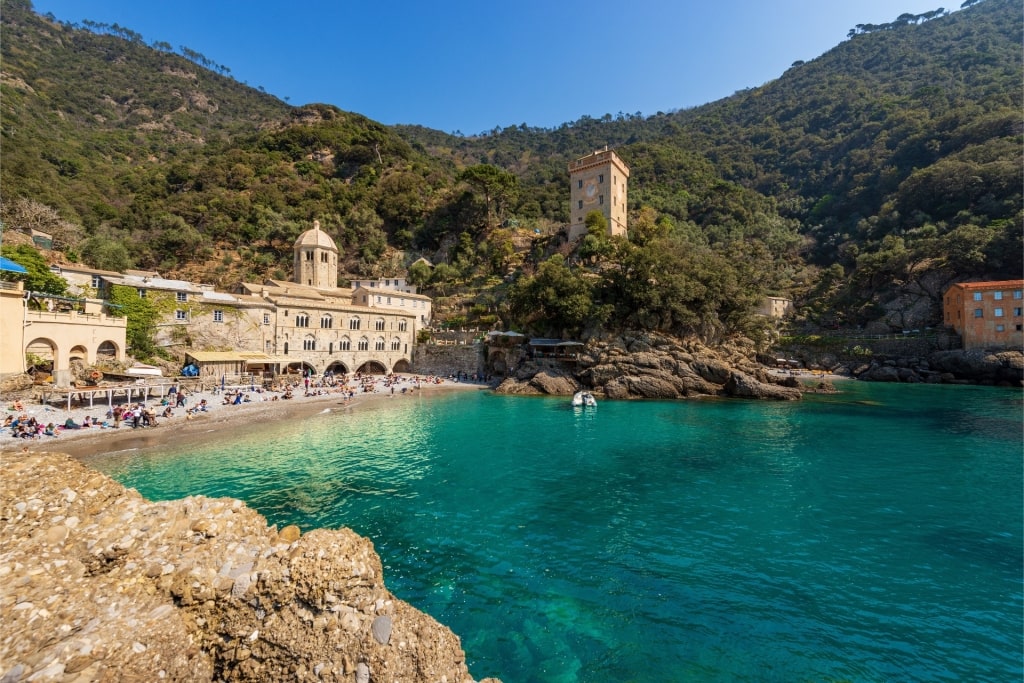
San Fruttuoso
Portofino, the iconic fishing village in Liguria, is a hard place to leave, with its picture-perfect quayside arrayed in carnivalesque color. However, one destination worth leaving Portofino for is San Fruttuoso.
San Fruttuoso Bay is reached by a half-hour ferry ride from Portofino. You round the Portofino Peninsula, out into the open sea, before a small bay comes into sight, where a white stone abbey of fairytale prettiness awaits.
Accessible only by boat or on foot through oak-shaded trails, San Fruttuoso was once a spiritual hideaway for Benedictine monks. Today, it’s a beach destination with a serene atmosphere. Just offshore, sunk at fifty feet, is the Christ of the Abyss statue. Pay a small fee to hop in the glass-bottomed boat for a peek at this unusual landmark.
Connect with Casanova at the Doge’s Palace

Doge’s Palace, Venice
Venice is a visual feast. From the dawn light glimmering on the lagoon to the Venetian Gothic villas lining the Grand Canal, there’s always something extraordinary to take in.
Amid all the splendor is the Doge’s Palace, once the seat of the ruler of the Venetian Empire. Like any leader’s HQ, it was built to stand out against the other buildings in the vicinity. The Palazzo Ducale, as it’s known in Italian, certainly does that with its elegant 14th-century rose-hued facade and lace-like stone arches.
Inside, the maximalism is ratcheted up with elaborately painted ceilings, 24-carat gold staircases, and a museum’s worth of Renaissance masterpieces by primarily Venetian artists, including a Titian the size of a padel court. However, amid this deluge of excess, you’ll find that the Doge’s Palace has other stories to tell.
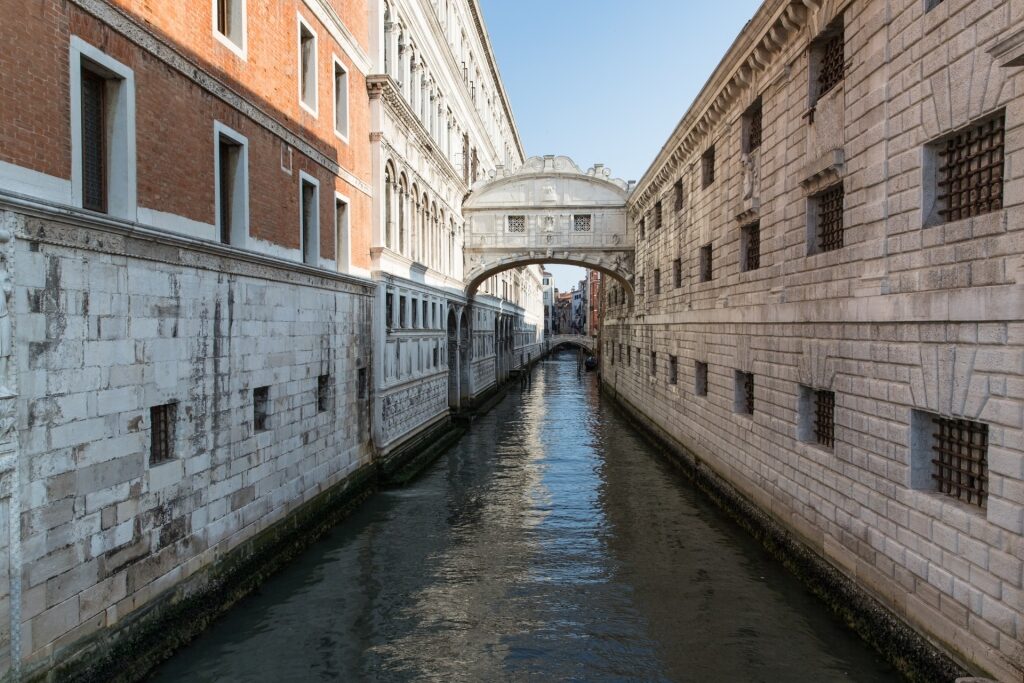
Bridge of Sighs, Venice
Cross over the evocatively named “Bridge of Sighs,” and you’ll enter a section of the palace where interrogations took place. There’s also a cell in which Giacomo Casanova was held before his daring escape in 1756. Look at the graffiti here to see if you can spot a scratched-in “Casanova” anywhere.
Read: How to Plan a Trip to Italy
Give In to the Gondola
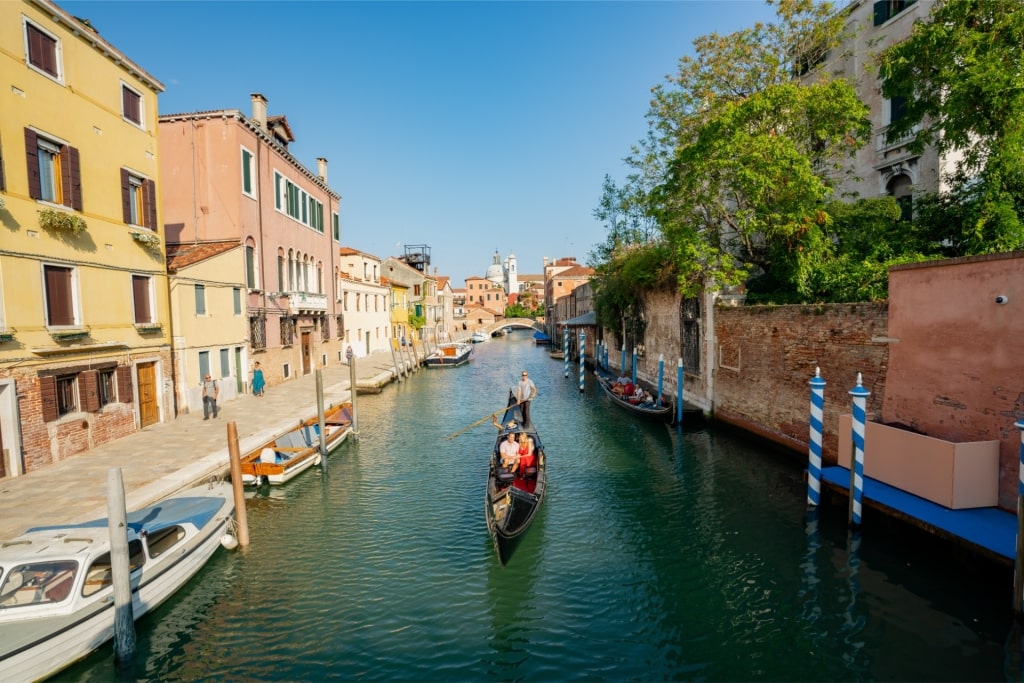
Gondola ride, Venice
It’s one of the largest travel clichés in existence—arrive in Venice and explore its narrow canals while a striped-shirted gondolier sings, “O Sole Mio,” over the slopping of the water hitting the wooden sides of the boat.
But who cares about clichés? Venice is known for its canals—some of the most atmospheric capillaries threading through any city anywhere in the world. Why wouldn’t you need a special pole-pushed boat and stripey-garbed Venetian to get around?
The use of the flat-bottomed gondola reaches back to the 11th century, so it’s no novelty, although the singing might be. Fortunately, prosecco is made in the Veneto region, where Venice is based, so sipping that while cruising the canals is simply added cultural research.
Be Awed by Vatican City

Vatican City
There are few experiences like walking into the Sistine Chapel—it’s easily one of the best things to do in Italy.
And it’s not just Michelangelo’s frescoes that are worth visiting. The Vatican Museums hold multiple museums’ worth of artistic works, while the architecture of places like Saint Peter’s Basilica is as awe-inspiring as you’d expect.
No surprise, then, that it’s the most well-attended tourist site in Rome. It’s highly recommended to book a guided tour, as that allows you to skip the entry line.
Go Truffle Hunting in Tuscany
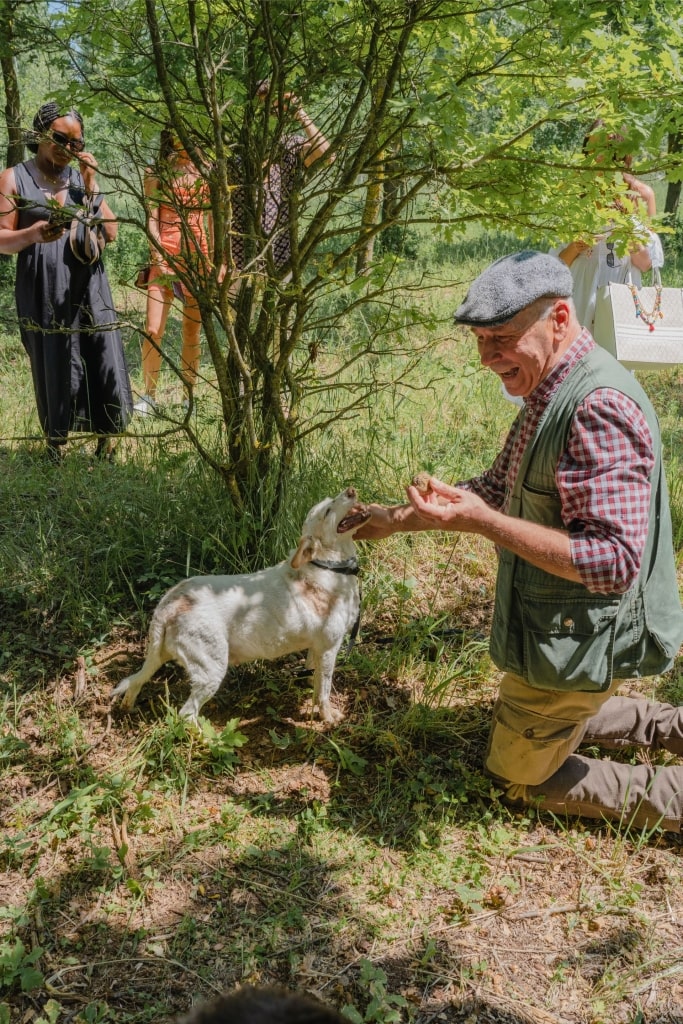
Truffle hunting in Tuscany
In Italy, truffle is an ingredient that enjoys a special place in the nation’s hearts. This fruit of an underground fungus grows close to tree roots and offers complex flavors and aromas. In fall—the height of truffle season—it seems to be shaved onto every second plate of pasta in the country’s restaurants.
Truffle hunting itself is a lucrative sideline for many Italians when they head off in the mists of early morning to visit their secret woodlands of fruiting fungus. It’s fun to join one of these hunts, chasing a trained—and often adorable—truffle-hunting hound as it bolts through the woods in search of that elusive, sought-after scent.

Truffle
Once you’ve helped chisel out some truffles with the hunter’s expert guidance, you’ll typically enjoy a three-course lunch with wafer-thin slices of your quarry topping delicious Italian cuisine. With this being Tuscany, you’ll sip local wines such as rich Brunello or quaffable Chianti that pair beautifully with fungus.
FAQs
What are the top things to do in Italy for first-time visitors?
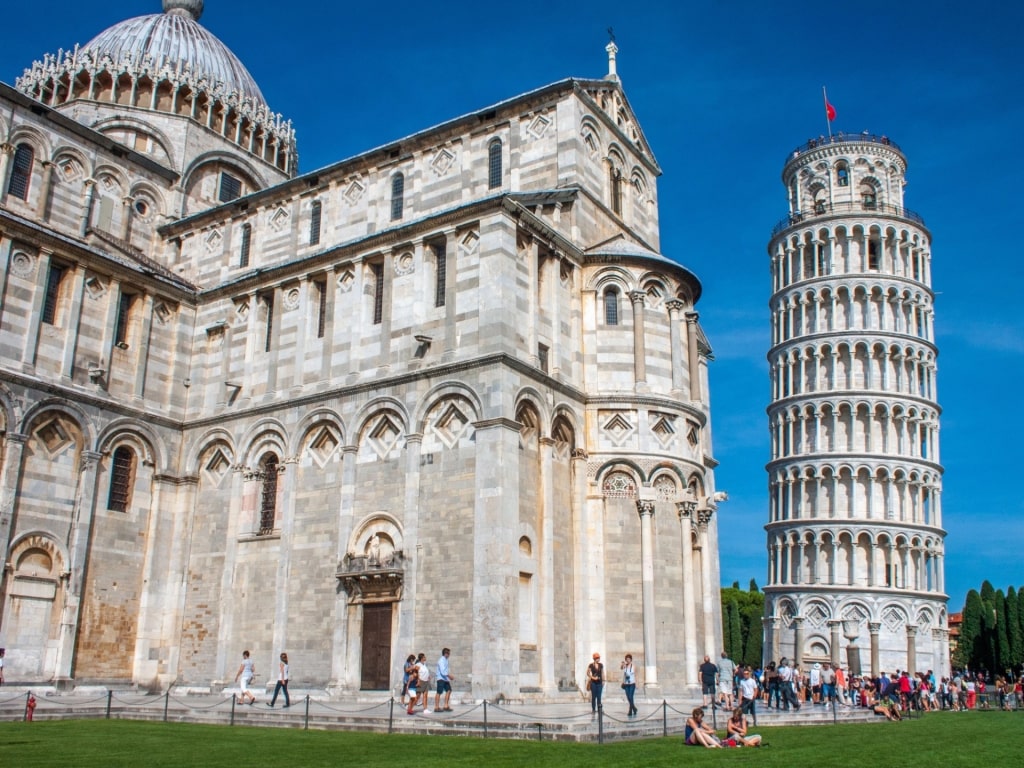
Leaning Tower of Pisa
First-time visitors to Italy should focus on soaking up the atmosphere. Of course, you might, very understandably, arrive with a checklist of top sights to see. And you should certainly tick off some of those, such as seeing the marble skin of Michelangelo’s David or having your picture taken with the Leaning Tower of Pisa.
If you can, though, reserve a good portion of your time for simply soaking up the culture. Italy’s cultural and artistic treasures are impressive, but the true wealth here is the country and its people.
Take a passeggiata in the evening, watch the sunset from a seaview restaurant, or discover the generosity of the locals as you try to order an espresso in stuttering Italian.
What are fun things to do in Italy with kids?

Colosseum, Rome
Naturally, the best things to do in Italy with kids depend on the offspring in question.
However, most youthful imaginations take flight when they walk into the center of the Colosseum or stroll the streets of Pompeii. Italy excels at these kinds of archaeological parks, without the airlessness of some museums.
Italy’s colorful history can also be married with exercise; cycling the historic Via Appia or swimming in a spot frequented by a medieval queen of Naples, for example.
The thing about Italy is that there’s history everywhere, so weaving it into your activities is straightforward. Then there’s gelato on what seems like every street corner, pizza and pasta for easy meal times, and the Italians themselves who are often brilliant at getting reserved teens to emerge from their shells.
What are some off-the-beaten-path things to do in Italy?
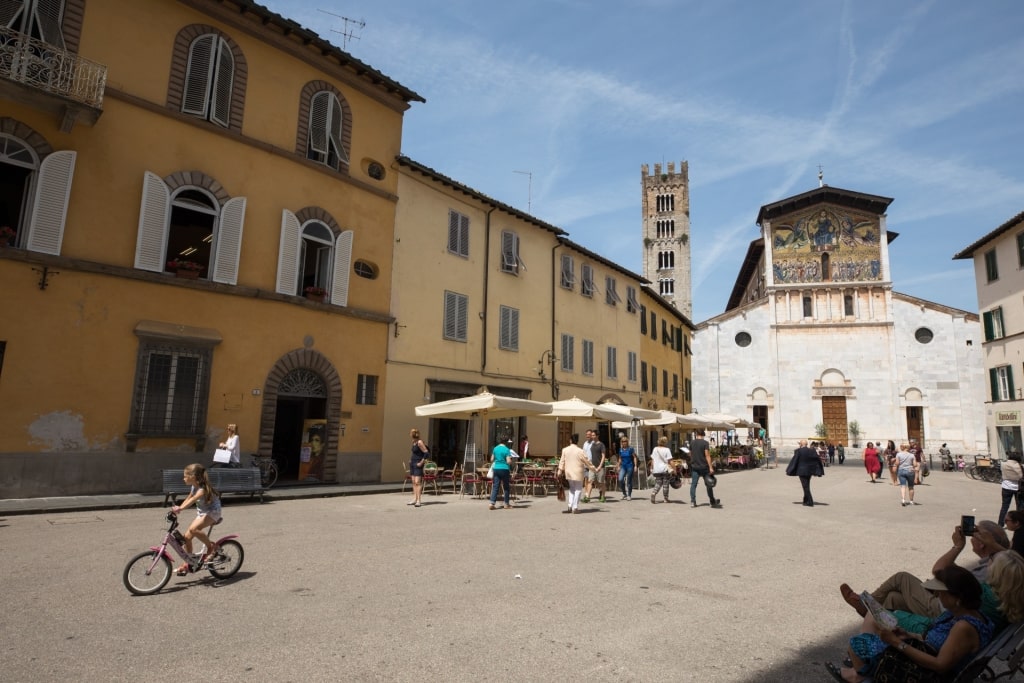
Lucca
For travelers to Italy, it’s often the case that you want to see the highlights but without the crowds. With that in mind, the off-the-beaten-path time of year to arrive is in the spring or fall, when the numbers are fewer than in the summer.
It’s also about making choices that aren’t the obvious ones. Instead of catching the ferry from Amalfi to Positano, try hiking the scenic trails that connect the coastal towns instead. Ask about regional specialities, swapping pizza for something like tortellini in brodo while in Bologna.
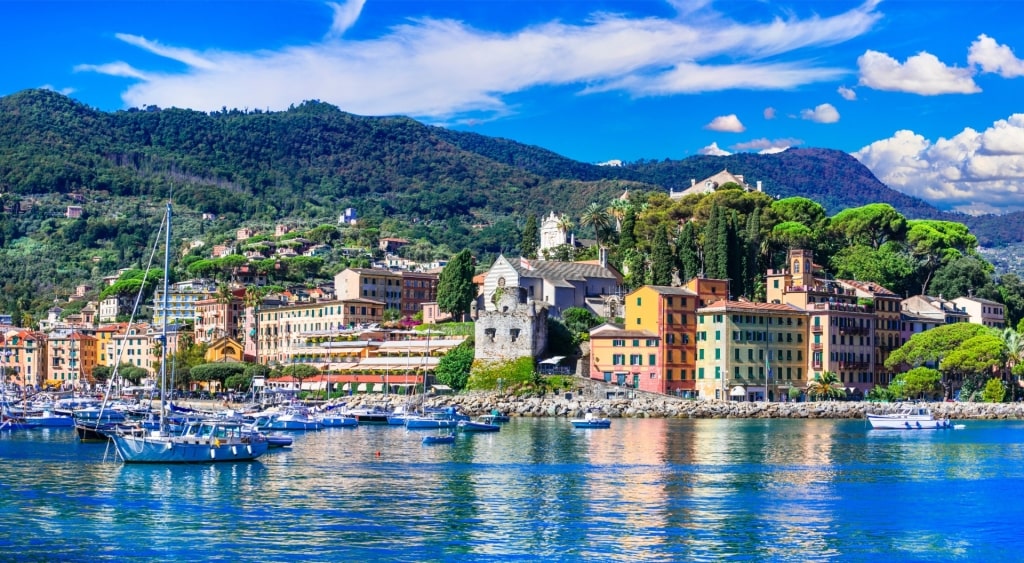
Santa Margherita
Or look past the headline destinations of Florence, Rome, or the Cinque Terre, and find somewhere close by that shares the culture but lacks the crowds. For a taste of Italy off-the-beaten-path, consider places like Lucca in Tuscany, or Santa Margherita in Liguria.
Admittedly, it’s hard to swap out the Eternal City, as Rome is known, but try stepping outside of its trendy quarters like Trastevere, and into more under-the-radar spots like foodie Testaccio.
What are the must-do experiences in Italy for art and history lovers?

Vatican Museums
During the time of the Grand Tour, Italy was almost, as a whole, the must-do art and history experience. To help narrow things down, the cities of Rome and Florence are absolute musts.
In the former, you have a city so full of treasures it’s hard to know where to begin. It also incorporates an entire small city-state, the Vatican, that is itself stuffed with treasures, including the ceiling of the Sistine Chapel.
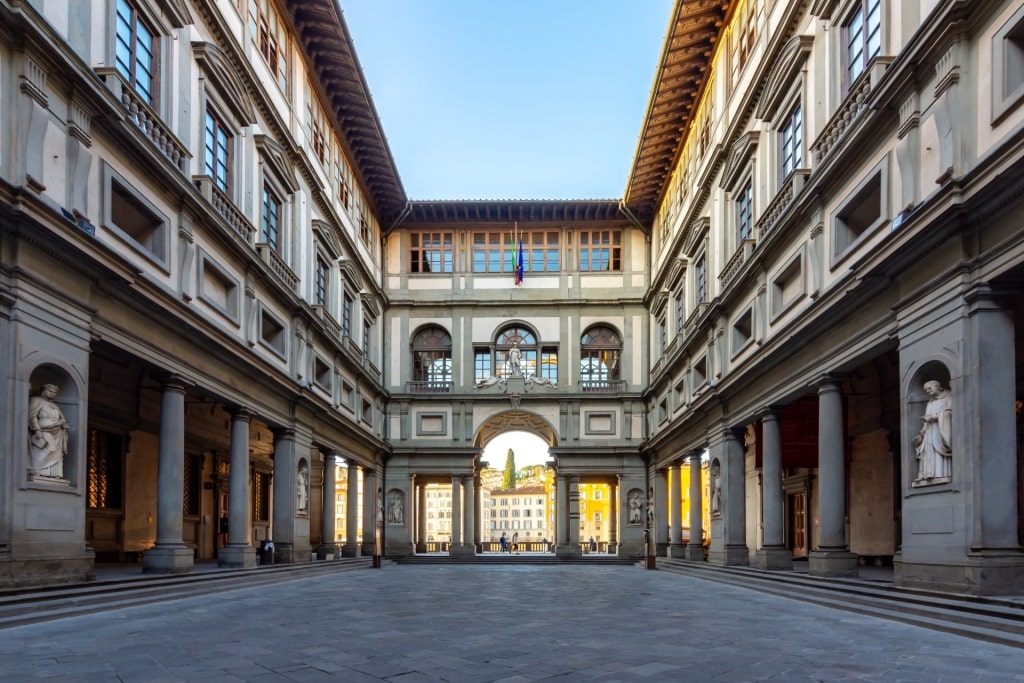
Uffizi Gallery, Florence
In Florence, the city is similarly busy with difficult choices; however, a visit to the Uffizi Gallery and the Accademia should be on your agenda.
For history lovers, it’s hard to go anywhere in Italy without happening across Roman or Greek ruins, or some other shrine to the past.
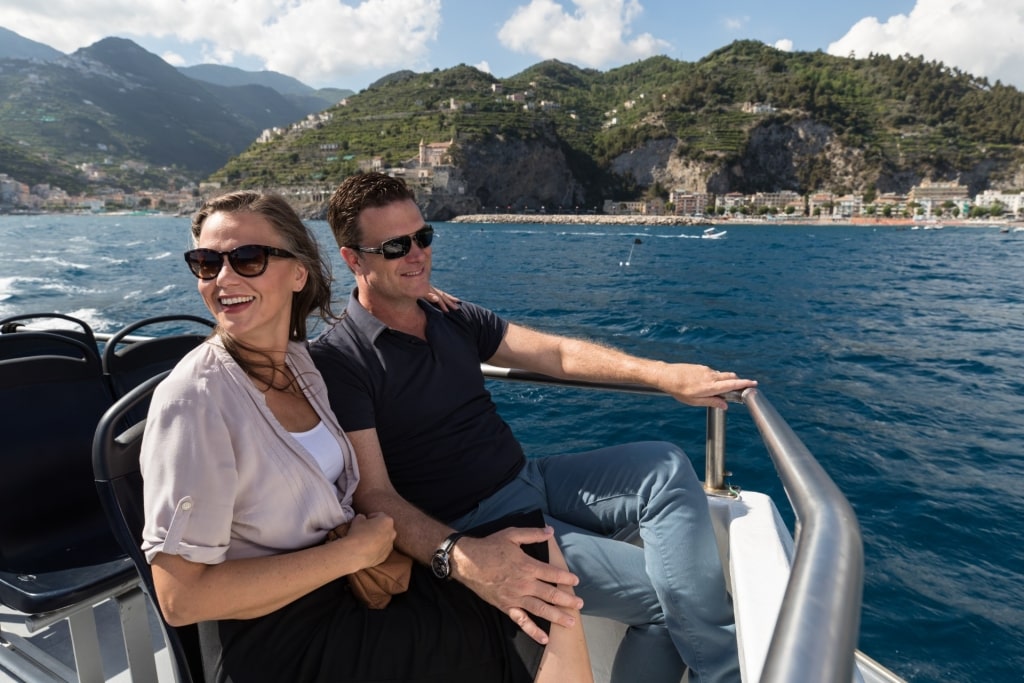
Amalfi Coast
Experience as many of the best things to do in the bel paese as you can. Browse Celebrity’s cruises to Italy and book your next incredible vacation.


